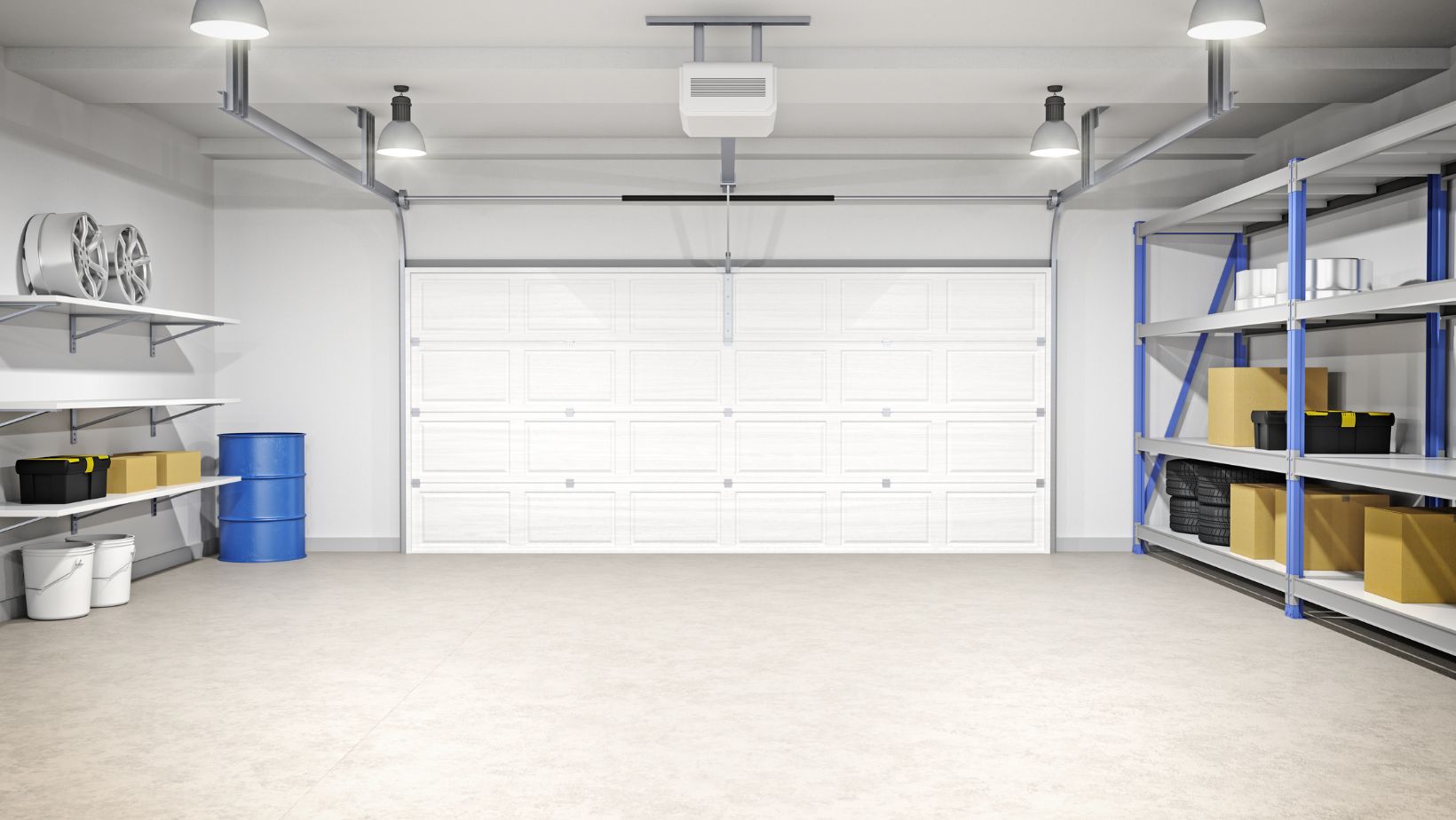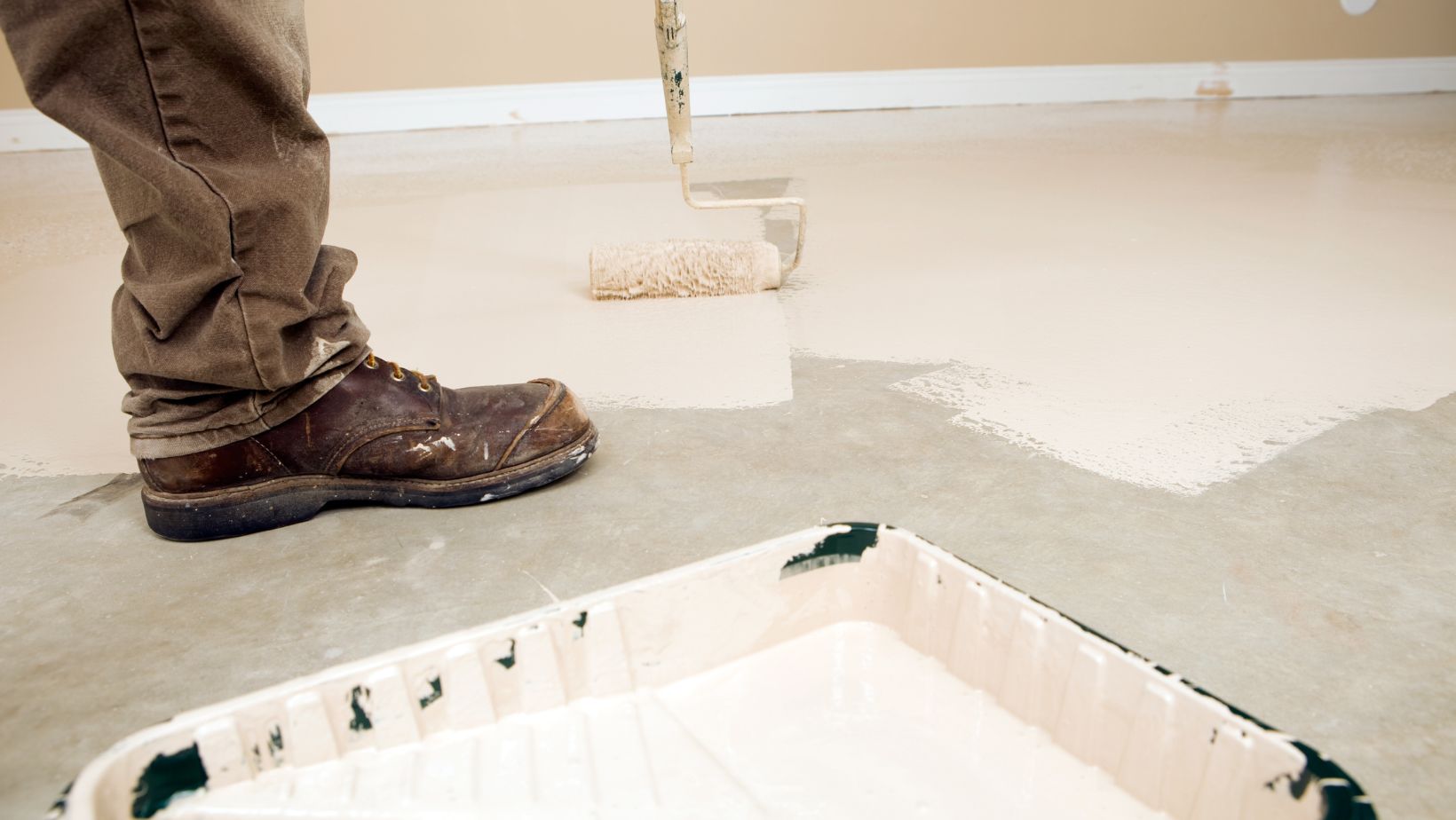Table of Contents
ToggleBaseboard for Garage
When it comes to outfitting your garage, one often overlooked detail is the baseboard. A baseboard not only adds a finishing touch to the space, but it also serves a practical purpose by protecting walls from damage caused by moisture, dirt, and potential impacts. So, if you’re looking for an easy way to enhance both the aesthetics and functionality of your garage, investing in a baseboard is definitely worth considering.
A baseboard specifically designed for garages offers several advantages. Firstly, it helps prevent water seepage and moisture buildup along the bottom of the walls, which can lead to mold and mildew growth over time. Additionally, a durable baseboard acts as a buffer against accidental bumps or scrapes caused by tools or vehicles moving around in the space.
When selecting a baseboard for your garage, opt for materials that are resistant to moisture and can withstand heavy-duty use. PVC (polyvinyl chloride) or vinyl baseboards are popular choices due to their durability and low maintenance requirements. They are not only easy to clean but also provide excellent protection against water damage.
Choosing the Right Baseboard for Your Garage
When it comes to outfitting your garage, selecting the right baseboard is an important decision. Not only does it enhance the overall appearance of the space, but it also provides protection against moisture, dirt, and other potential hazards. With a wide range of options available, finding the perfect baseboard for your garage can seem overwhelming. But fear not! I’ll guide you through some key considerations to help you make an informed choice.
- Material: The first aspect to consider is the material of the baseboard. Common options include wood, vinyl, PVC, and composite materials. Each material has its own advantages and disadvantages. Wood baseboards offer a classic look but may require more maintenance in terms of painting or sealing. Vinyl and PVC baseboards are durable and resistant to moisture, making them ideal for garages prone to dampness or water exposure. Composite materials combine the best features of different materials, providing strength, durability, and low maintenance.
- Style: The next factor to think about is the style of baseboard that suits your garage’s aesthetic appeal. You can choose from various profiles such as flat boards, beveled edges, or decorative moldings. Consider matching your baseboard style with other design elements in your garage for a cohesive look.
- Size: Baseboards come in different sizes to accommodate various wall heights and depths in your garage space. Measure carefully before purchasing to ensure a proper fit that covers any gaps between walls and flooring.
- Installation: Ease of installation is another crucial consideration when choosing a baseboard for your garage. Some types require professional installation due to their complexity or specific tools needed; others are designed for DIY enthusiasts who prefer doing things themselves.
- Durability: Garages are often subject to heavy use and potential abuse from vehicles’ movement and equipment storage. Therefore, opting for a durable baseboard that can withstand impact is essential. Look for materials that are resistant to scratches, dents, and fading over time.
Remember, the right baseboard not only adds a finishing touch to your garage but also provides practical benefits. Take your time to research and compare different options before making a decision. By considering factors such as material, style, size, installation process, and durability, you’ll be well on your way to choosing the perfect baseboard for your garage that suits both your functional needs and personal preferences. Happy hunting!
Installation Tips for Garage Baseboards
When it comes to installing baseboards in your garage, there are a few tips and tricks that can help you achieve a professional-looking finish. Whether you’re looking to enhance the aesthetic appeal of your garage or simply protect the walls from dirt and damage, these installation tips will ensure a smooth process.
- Prepare the Surface: Before installing baseboards, it’s important to prepare the surface properly. Make sure the walls are clean and free from any dust or debris. If necessary, patch up any holes or imperfections with spackle and sand them down for a smooth finish.
- Choose the Right Material: Selecting the appropriate material for your garage baseboards is crucial. Opt for durable options like PVC or vinyl baseboards that can withstand high levels of moisture, temperature changes, and potential impacts from tools or equipment in your garage.
- Measure Twice, Cut Once: Accurate measurements are key when cutting baseboard pieces for installation. Measure each wall individually and mark your cuts accordingly before making any cuts to avoid unnecessary wastage.
- Use Adhesive or Nails: When attaching baseboards to the walls of your garage, you have two main options – adhesive or nails. If you prefer a seamless look without visible nail holes, using construction adhesive is an excellent choice. However, if you anticipate heavy-duty use of your garage space, securing the baseboards with finishing nails will provide extra stability.
- Finish with Caulk: To achieve a polished look and seal any gaps between the baseboard and wall surfaces, apply caulk along the edges after installation. This step not only enhances aesthetics but also helps prevent moisture infiltration behind the baseboard.
Remember to take safety precautions while working on your installation project by wearing protective eyewear and gloves as necessary.
By following these installation tips for garage baseboards, you’ll be able to create an attractive and functional space that reflects your personal style while protecting your garage walls. Happy installing!






